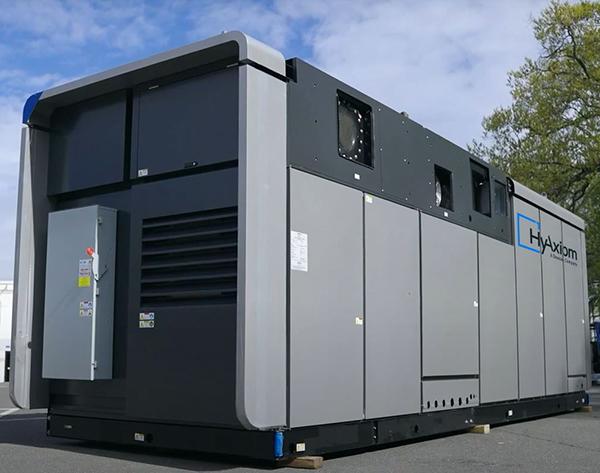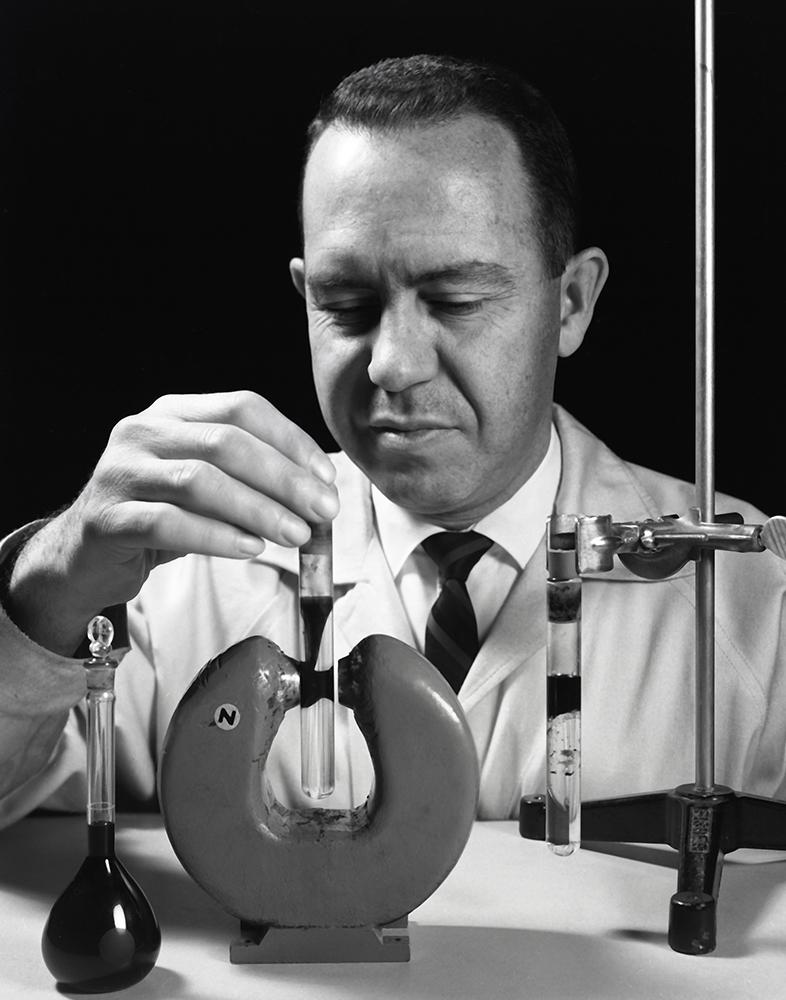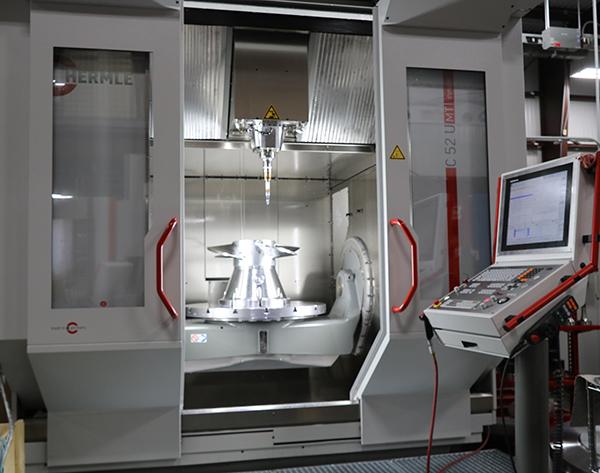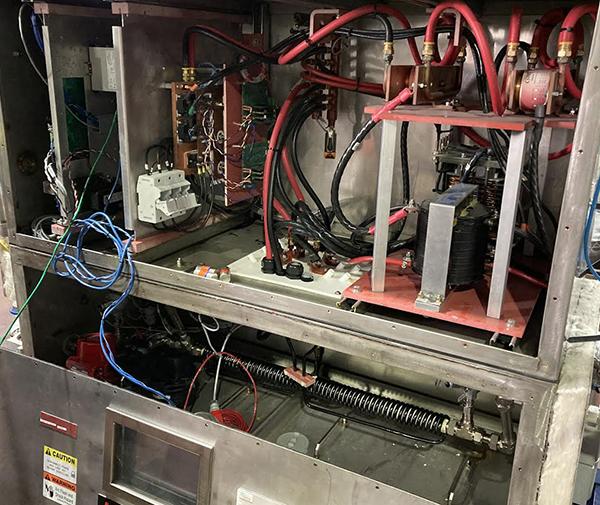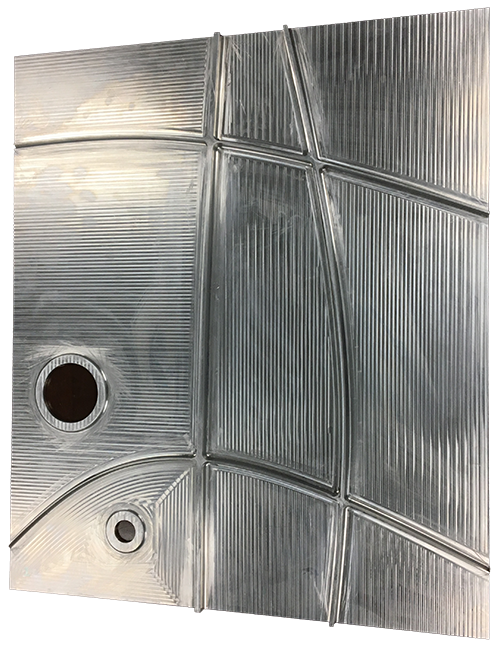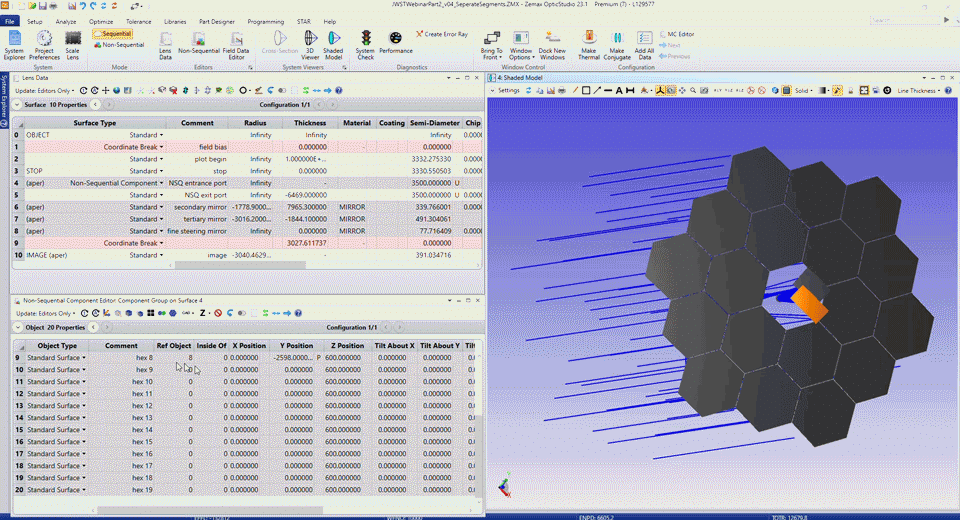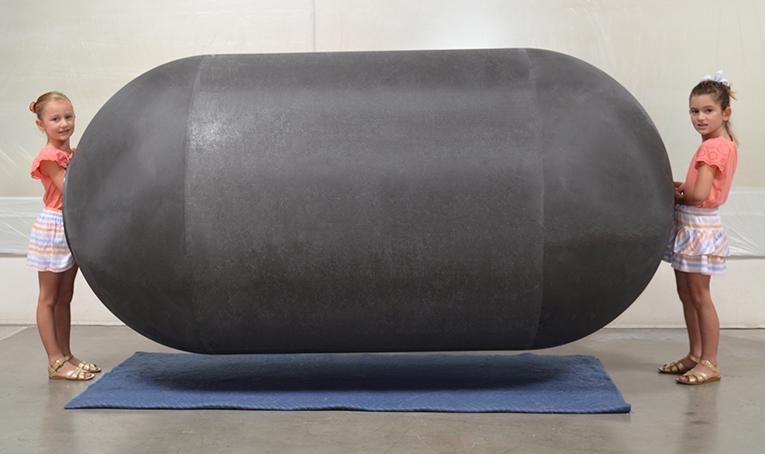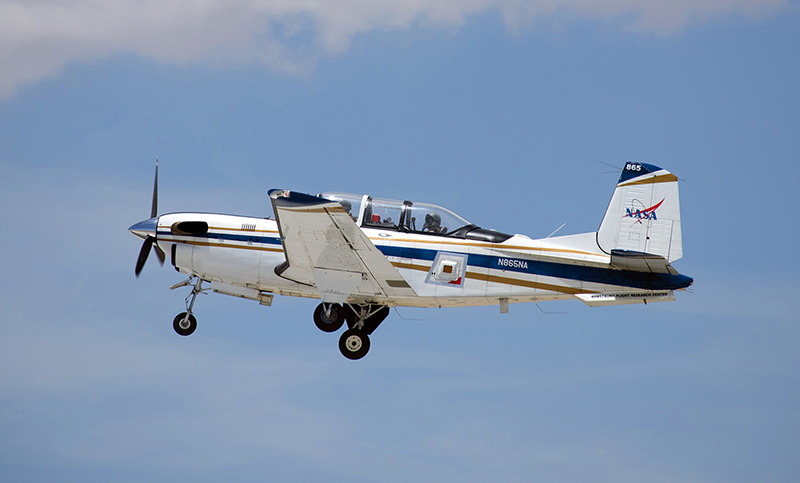
Neurological Devices, Racecars, Antennas Benefit from NASA Heat Shield Material
Subheadline
An ultra-thin, flexible insulation finds diverse uses in the commercial sector
A smartphone can have up to 13 internal antennas to send and receive signals for everything from the basic cellular connection to Bluetooth, WiFi, GPS, and more. With moisture and ultraviolet sunlight threatening to damage them, developing miniature antennas gets complicated. But a unique insulating material NASA developed makes it easier.
Scientists at NASA’s Glenn Research Center in Cleveland, Ohio, developed an ultra-thin flexible material for an experimental spacecraft heat shield. A Hypersonic Inflatable Aerodynamic Decelerator (HIAD) can be stored inside a spacecraft and unfurled and inflated before descending to a planetary surface. The aerogel insulation Glenn developed for these heat shields can withstand temperatures of 1,100 degrees Fahrenheit for over 90 seconds.
Aerogels are extremely lightweight, effective insulators made by removing the liquid from a gel. The first practical aerogel insulations, made with silica, were created for NASA in the 1990s and have found widespread applications. But the Glenn team, led by Mary Ann Meador, now retired, wanted something more durable and flexible for HIADs, so they developed aerogels from polyimides – ultra-tough, high-performance plastics.
In addition to their strength and heat resistance, these award-winning polyimide aerogels block ultraviolet light while allowing radio signals to pass through. All of these characteristics also make them attractive to private industry.
Laminated film company FLEXcon was so impressed that it secured an exclusive license for itself and affiliate Blueshift Materials Inc., based in Spencer, Massachusetts, to use the Glenn formula. Glenn’s recipe to produce small quantities of aerogel in a lab couldn’t effectively scale up for commercial manufacturing, explained Tim Burbey, Blueshift president. However, his team members used what they learned from the formula to develop their own polyimide aerogel, AeroZero, which became the company's first commercial product. It’s a polymer aerogel about half as thick as a sheet of paper.
Blueshift also has an exclusive license from the space agency to use polyimide aerogels in communications antennas. The film provides a base onto which electronics are mounted to create a small antenna.
But the aerogel’s properties make it ideal for other applications, too.
A race car team is using it to insulate vulnerable parts such as fuel tanks. The film can also be used as a laminate, so the team is using AeroZero inside the car’s body to protect parts that can overheat.
Excess heat is also a challenge for some medical sensors used against human skin. Another Blueshift customer, Kernel, is using AeroZero to insulate its Flux sensor, which detects magnetic fields generated by brain activity. “The high thermal resistance improves both power consumption and external surface temperatures,” said Burbey.
The thin, porous nature of AeroZero – it's 85% air – makes it ideal for electronic applications. Air is a poor conductor of heat but allows radio waves to pass easily, so the material can insulate individual components while enabling faster transmission with lower signal loss and using less power.
It’s also being used in computers, devices connected to the internet of things, and radomes – the protective housings that enclose antennas. But the greatest benefit for most users will be stronger, more reliable connections for mobile devices and longer-lasting batteries due to more efficient operation.
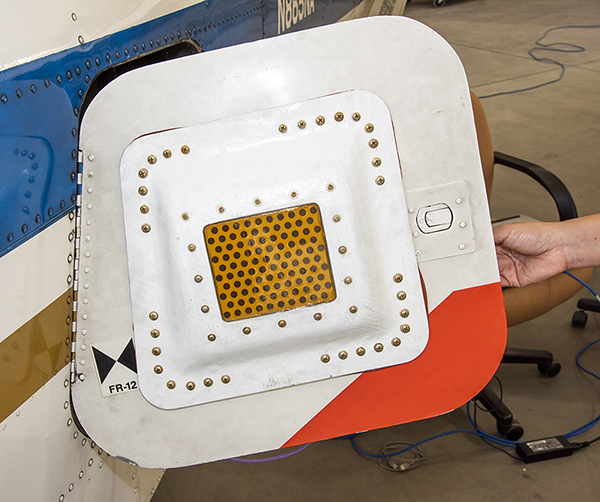
NASA designed a lightweight antenna using an aerogel that consisted primarily of air. The single unit combined 64 small antennas and outperformed the functionality of one large antenna, and it led to a new kind of aerogel antenna created by Blueshift Materials Inc., known as AeroZero. Credit: NASA
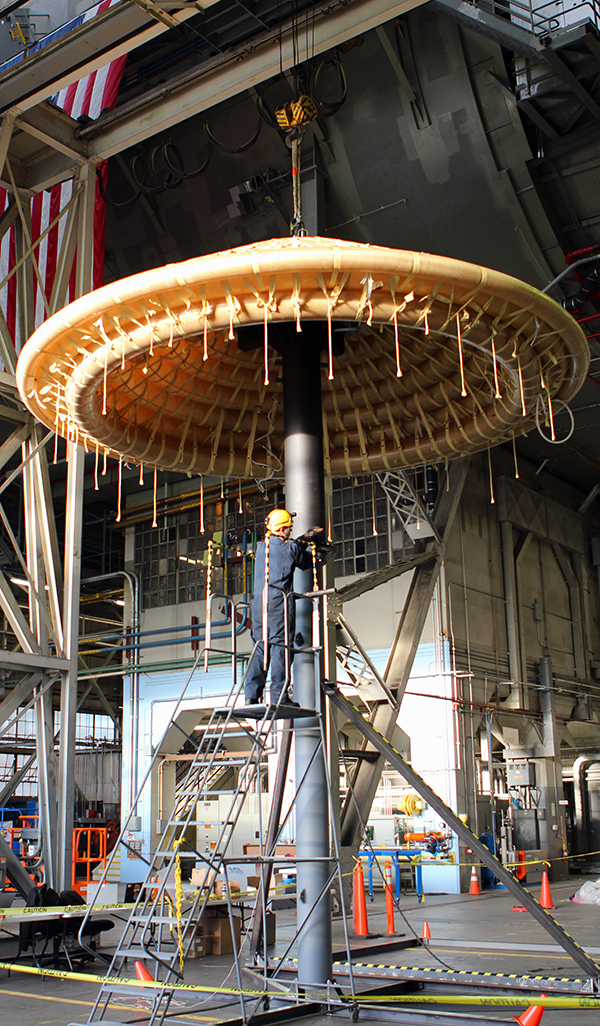
NASA created an inflatable heat shield that uses a thin, flexible variety of an insulation called aerogel. This technology could one day help land larger, heavier spacecraft on other planets. The aerogel material NASA developed led Blueshift Materials to create a paper-thin insulation called AeroZero for use on Earth. Credit: NASA
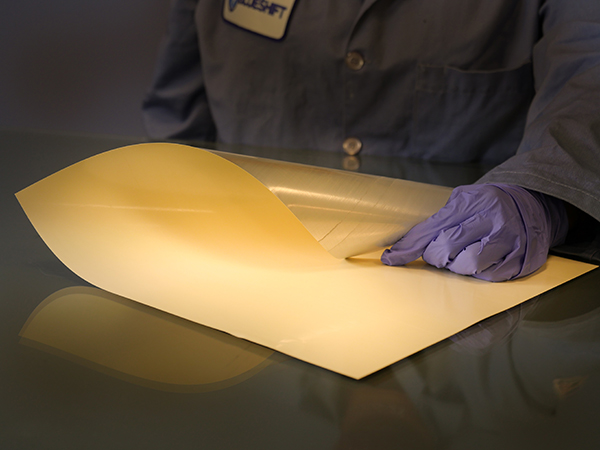
AeroZero, the ultra-thin polymer aerogel created by Blueshift Materials, laminates onto other surfaces such as the aluminum shown here. This improves thermal management without adding weight or bulk. Credit: Blueshift Materials Inc.

On its T-34C aircraft, NASA tested a set of miniature antennas built with a polyimide aerogel material that the space agency invented. The tests showed the antennas minimized signal interference, in part by maneuvering signals in ways not possible with a traditional antenna. Credit: NASA





